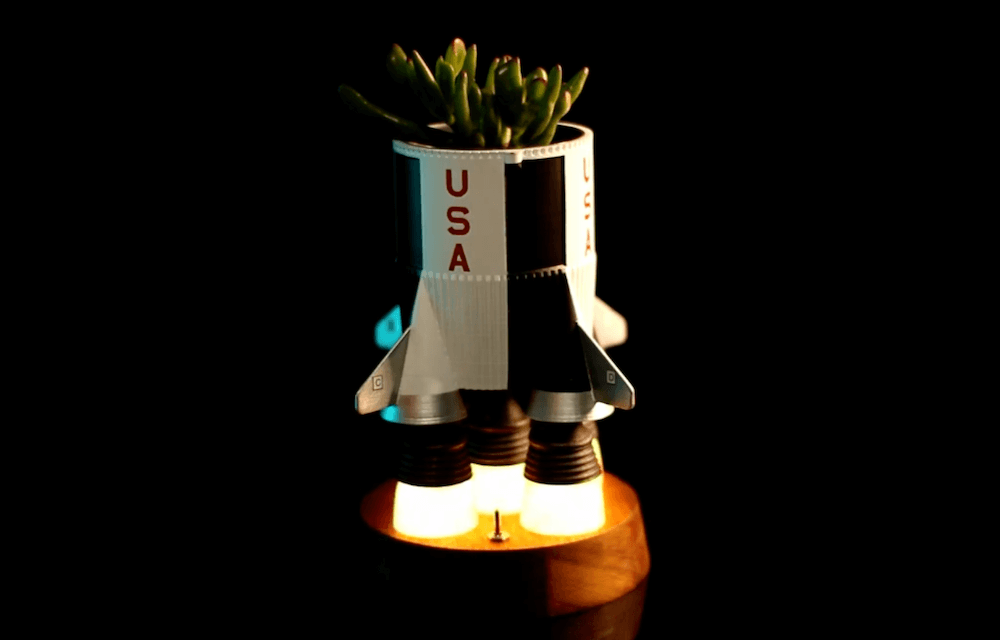Minimal metal detector made with an Arduino and a coil of wire
— October 21st, 2020
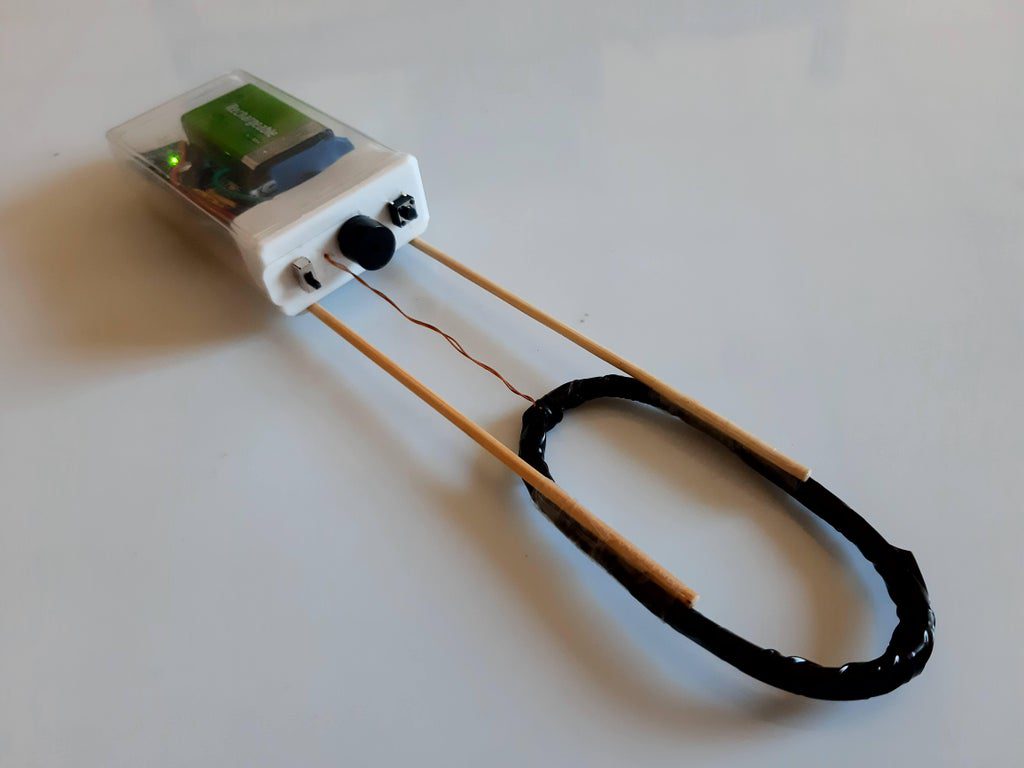
For an easy DIY metal detector setup, look no further than this project by creator “rgco.”
The handheld device uses a 20-60 turn coil of 26AWG enameled wire, connected across an Arduino Uno or Nano’s pins 8 and 10. A series of pulses is continuously sent out by pin 10, which are delayed in reaching pin 8 according to the inductance across the coil. As this coil approaches other metallic objects, the effective inductance changes, thus varying the delay in the signal reaching pin 10.
This effect is sensed by the Arduino, outputting chirps on a buzzer as audio feedback when metal is nearby. To convert it into a practical device, the Nano configuration is stuffed into a Tic Tac container, with the coil held at a distance with two skewer sticks.
[youtube https://www.youtube.com/watch?v=QzSXCWkTyAo?feature=oembed&w=500&h=281]
With an Arduino, 10m of wire and a 100 Ohm resistor you can build a metal detector in 10 minutes! It is based on sound physics and works for a large range of coil sizes and shapes. The sensitivity is not enough for treasure-hunting, but it can be made into a small hand-held device that is very useful indoors to check for the presence of metals. It will help you find nails inside wood or heating pipes in the wall, and to check the composition of tools and furniture. The method can also be used to integrate as a sensor, integrated with more elaborate projects.
Website: LINK


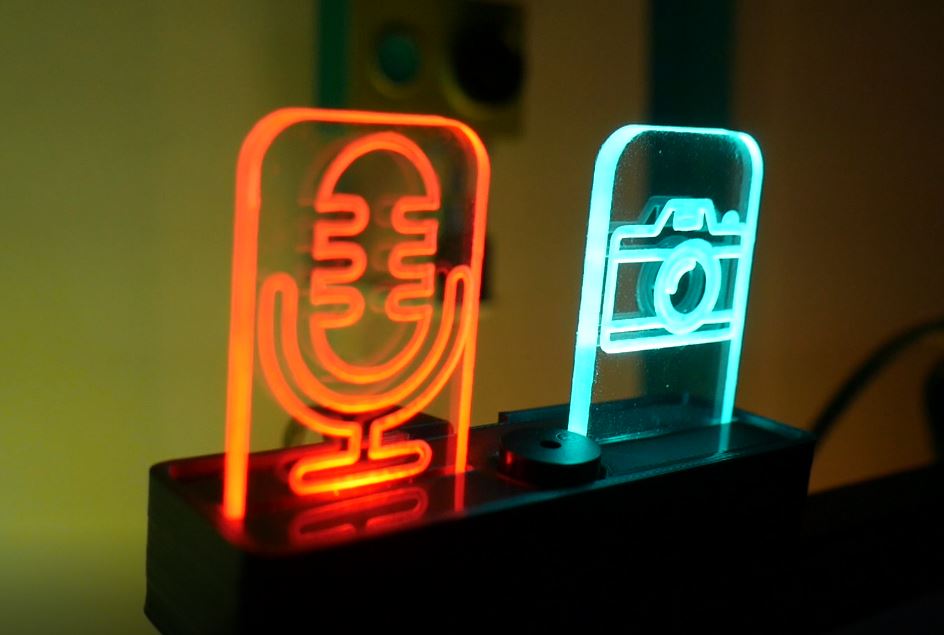


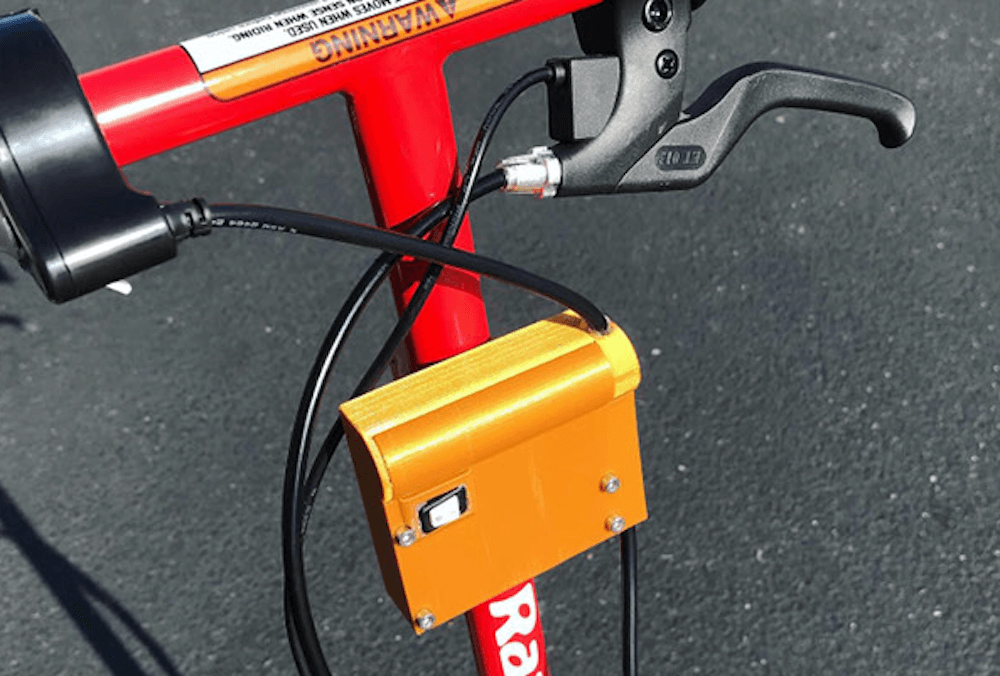
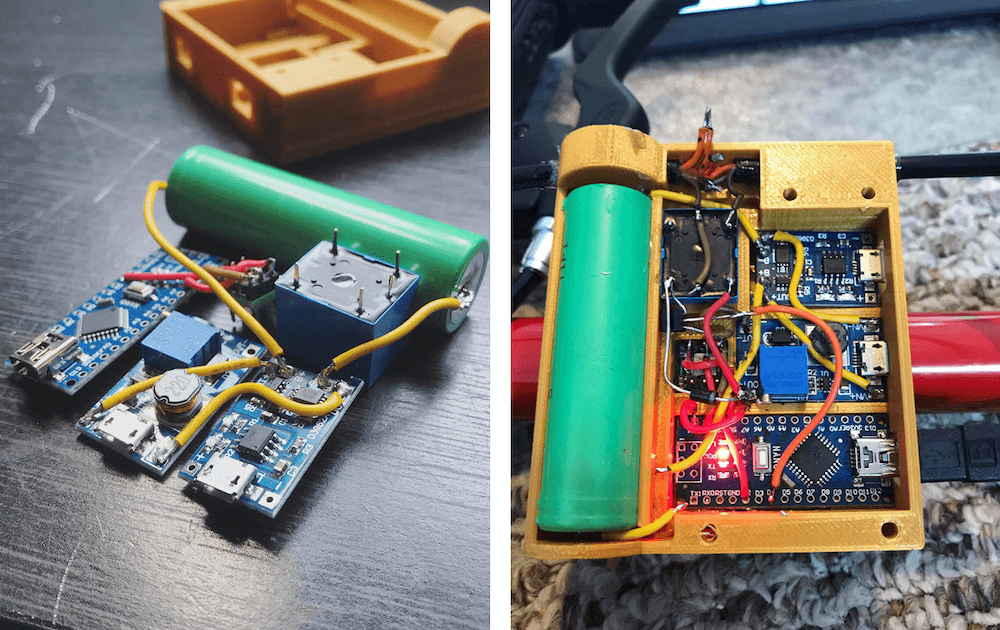
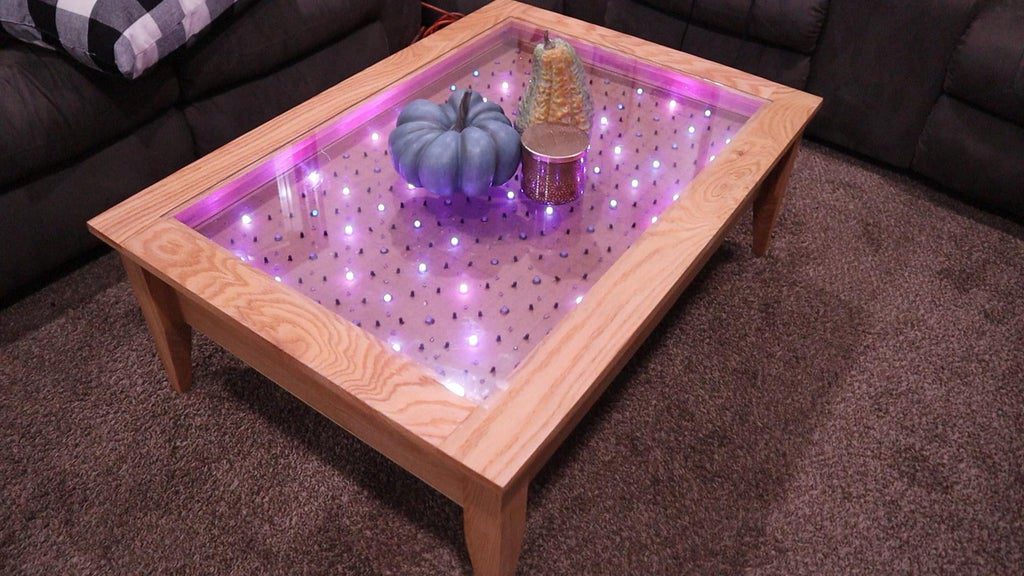
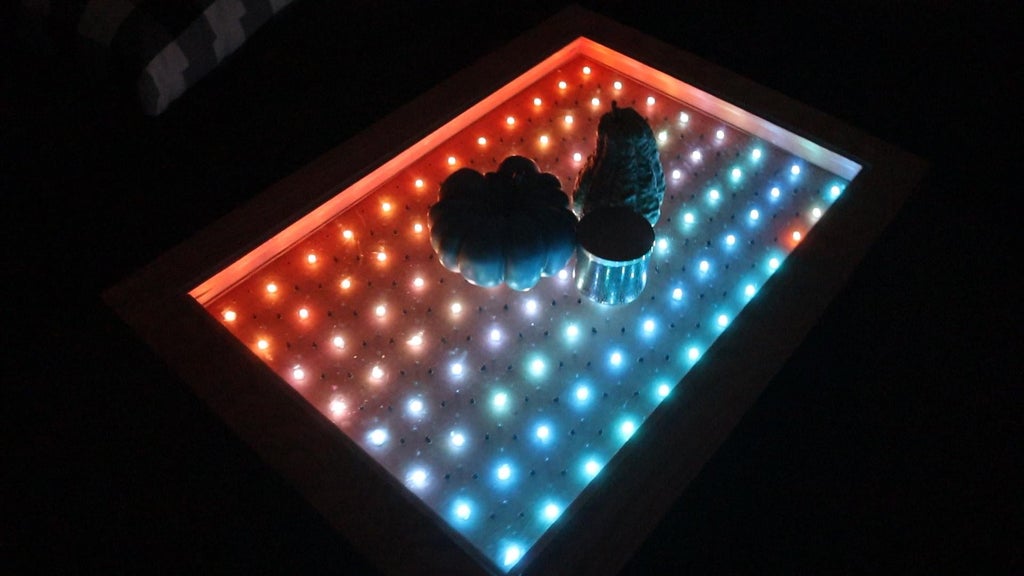
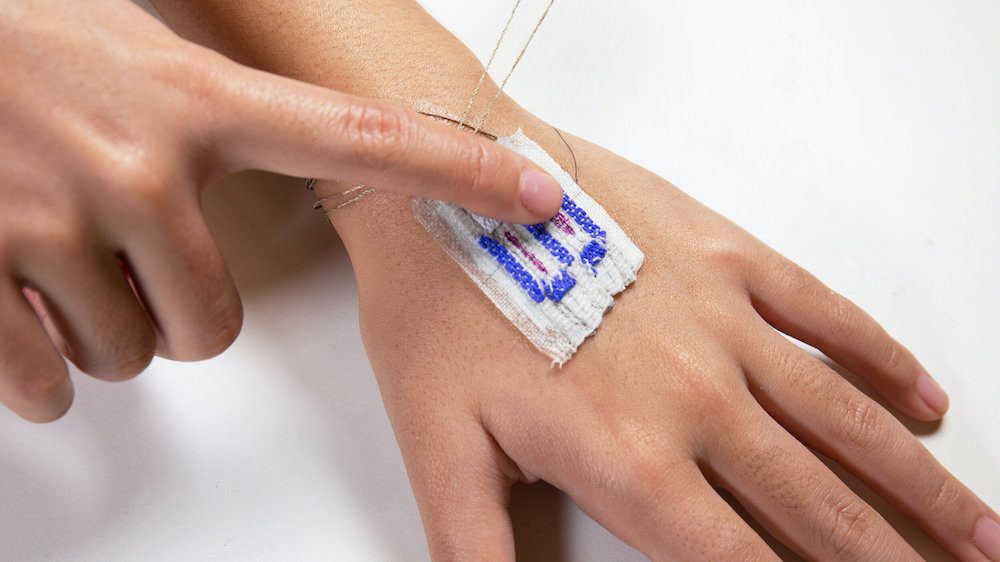
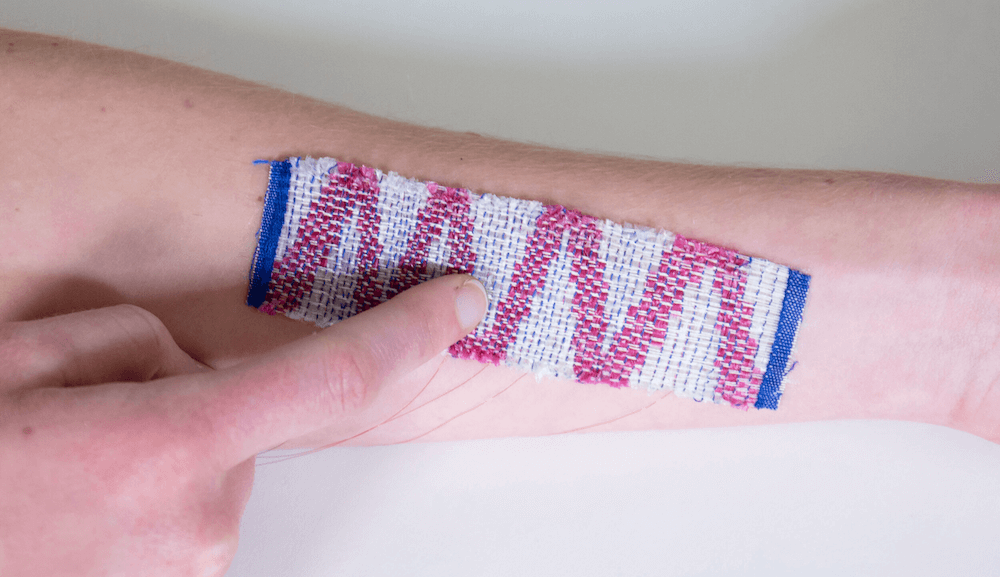
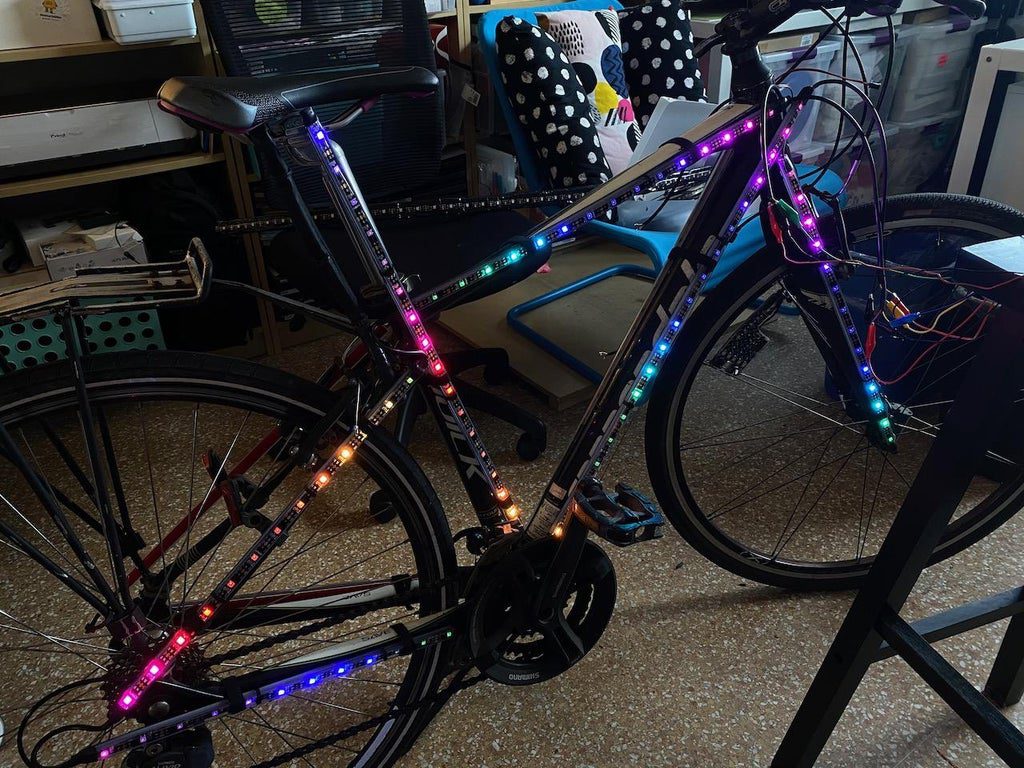
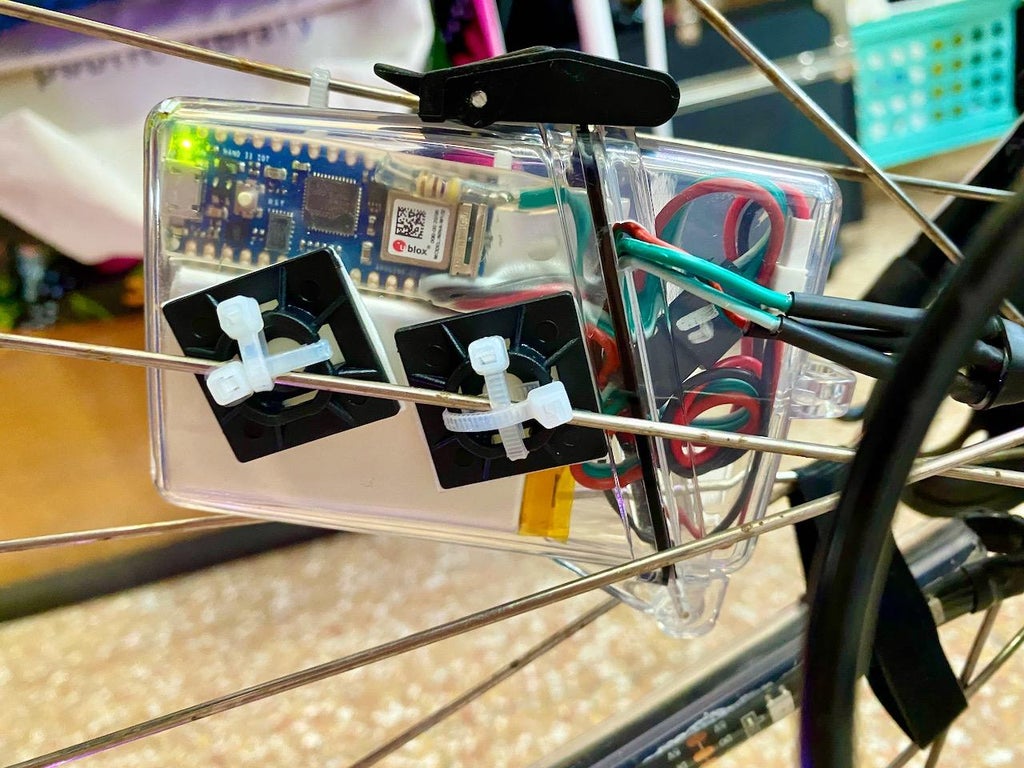
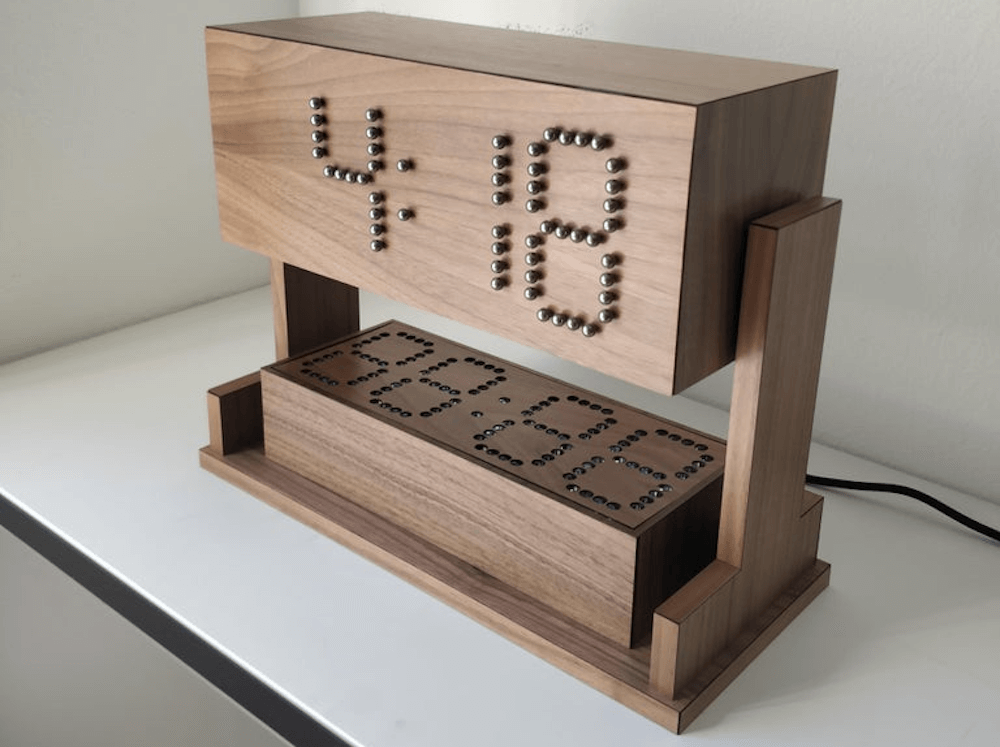


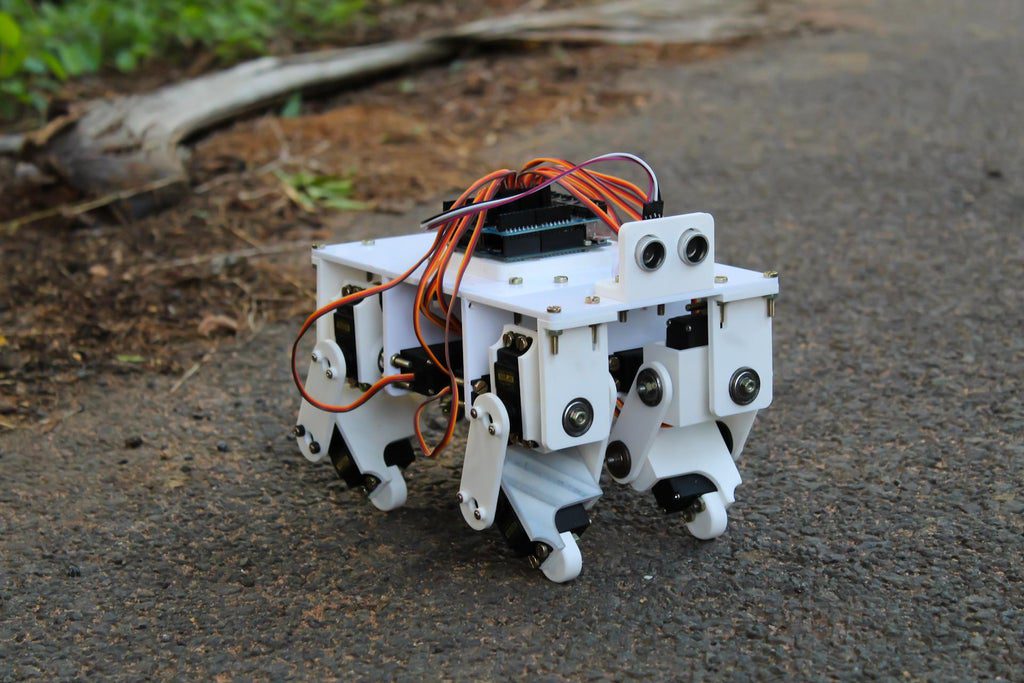

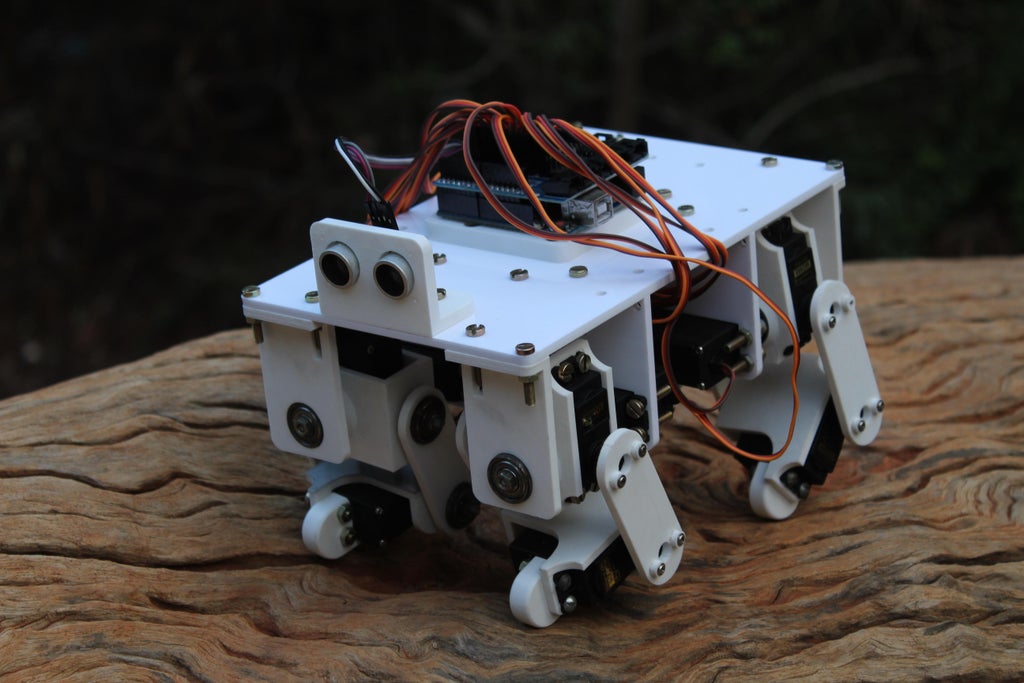


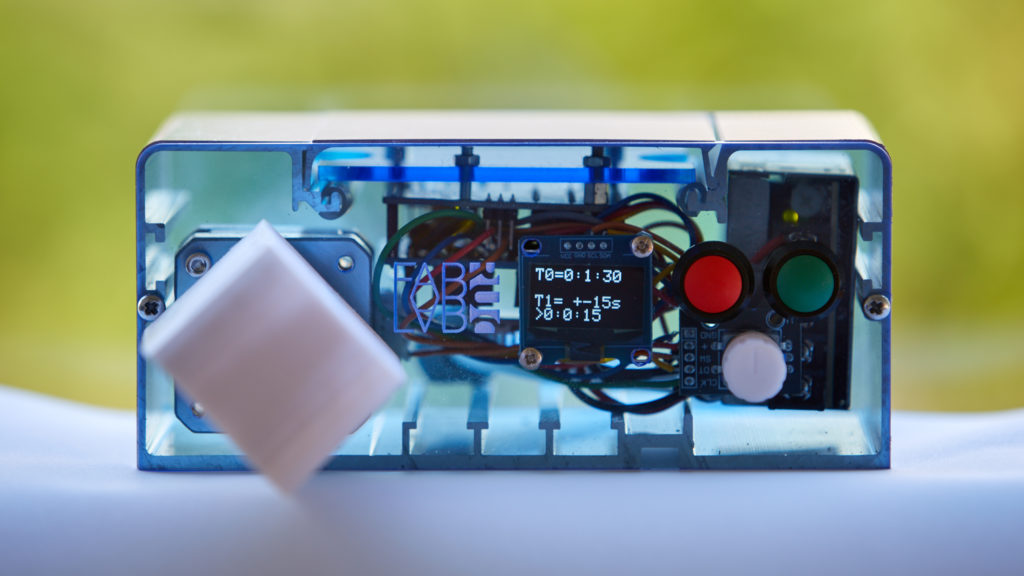

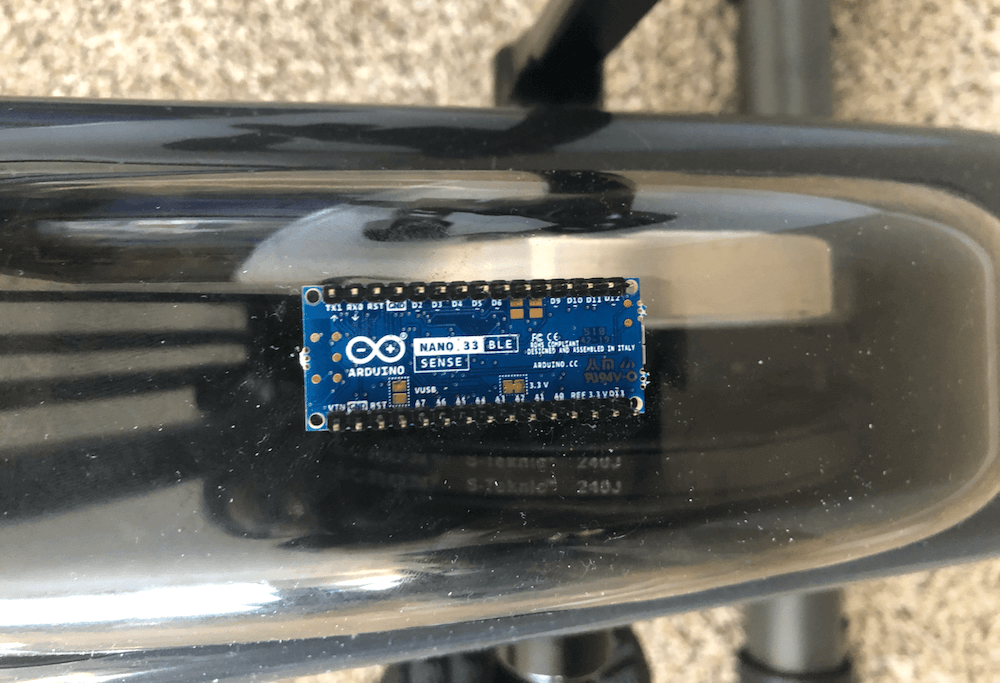
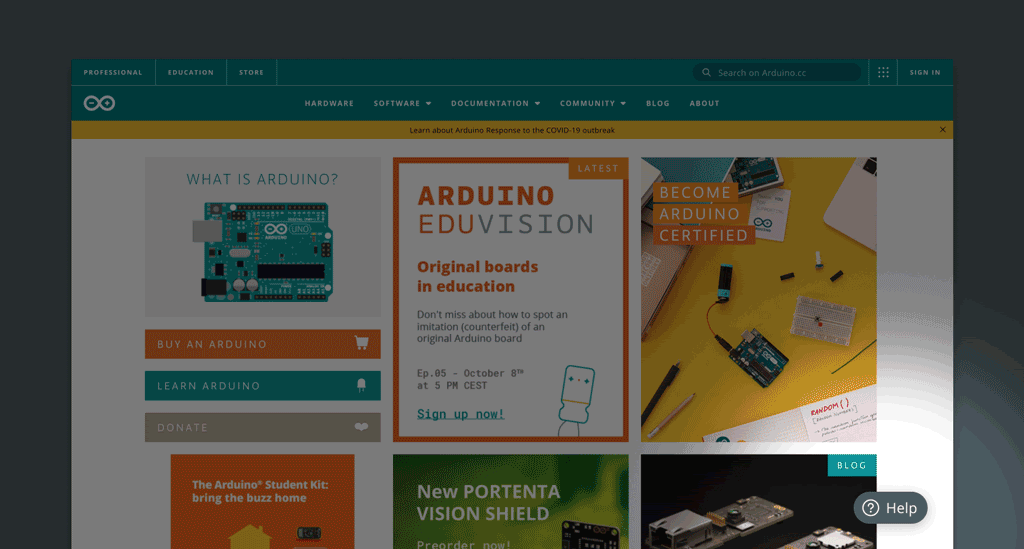
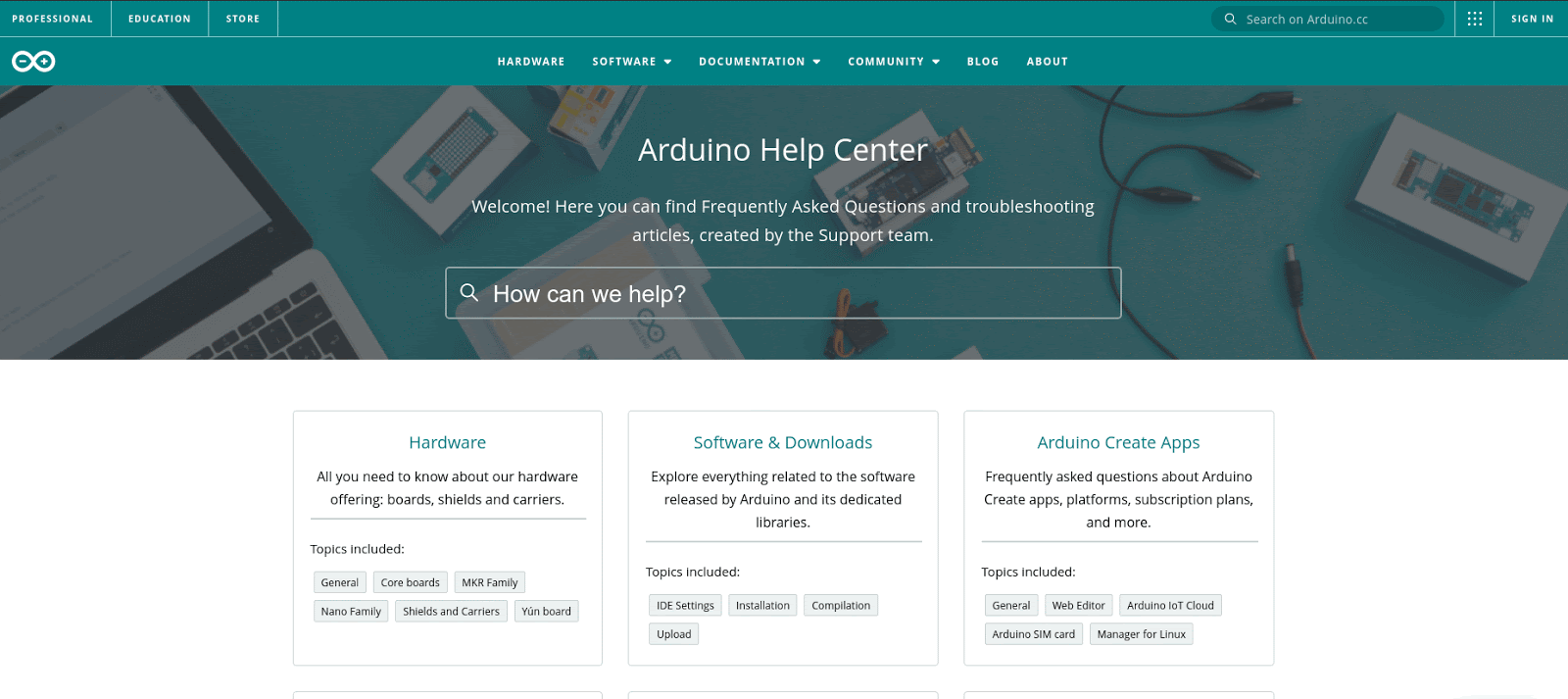

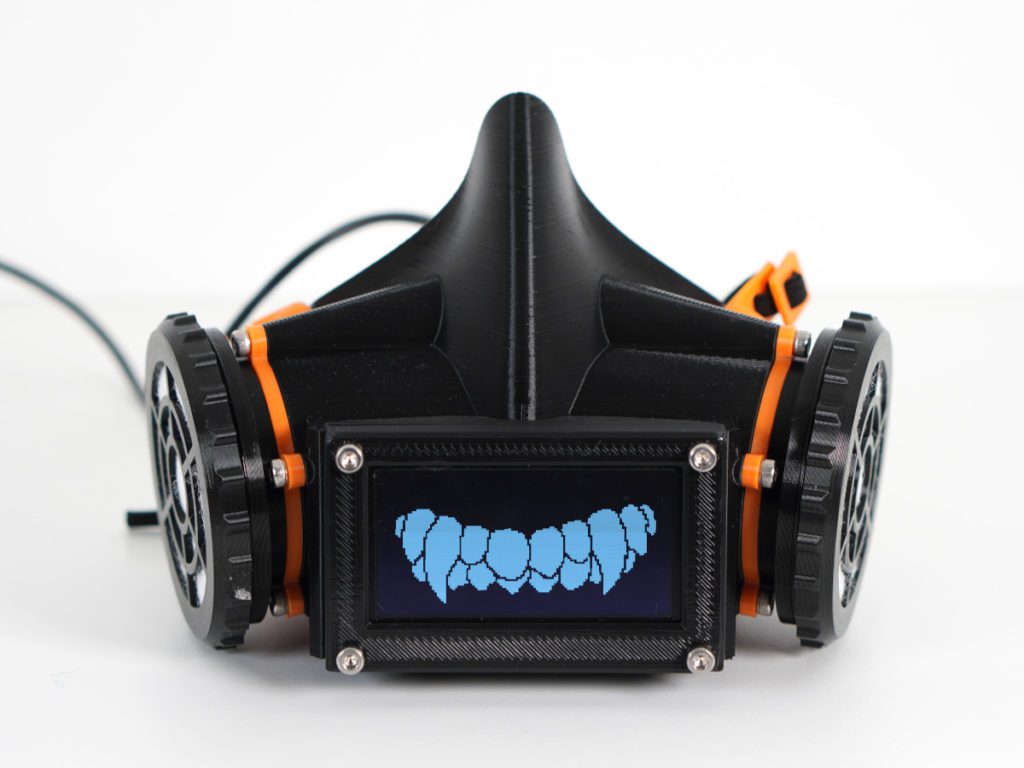
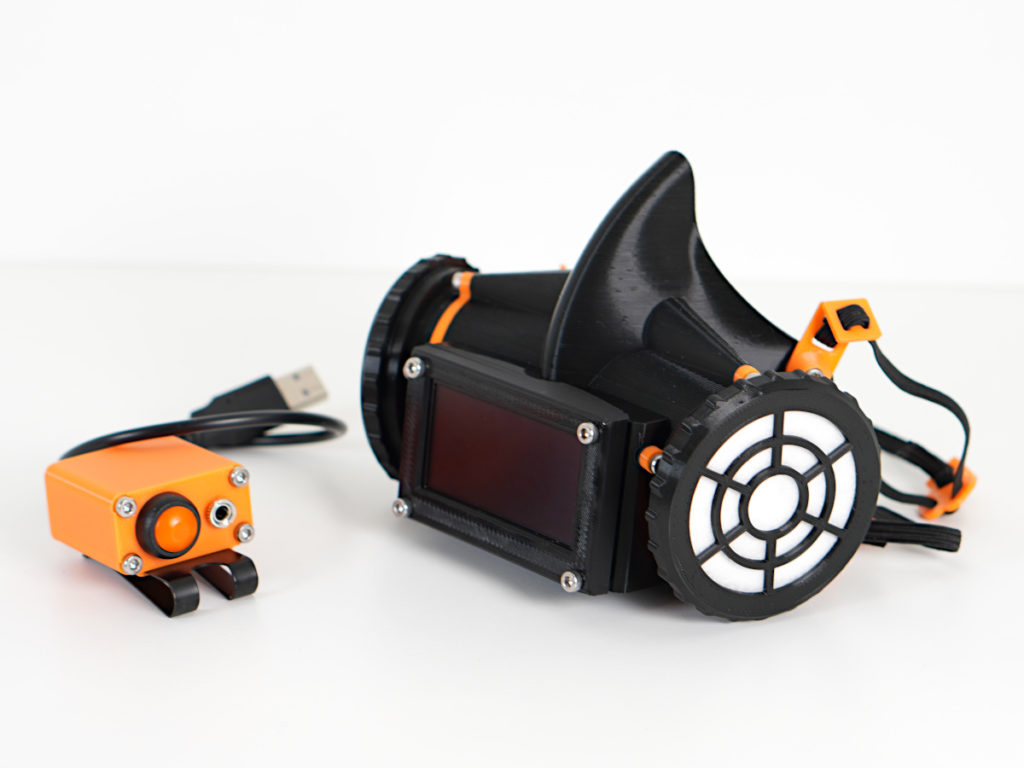
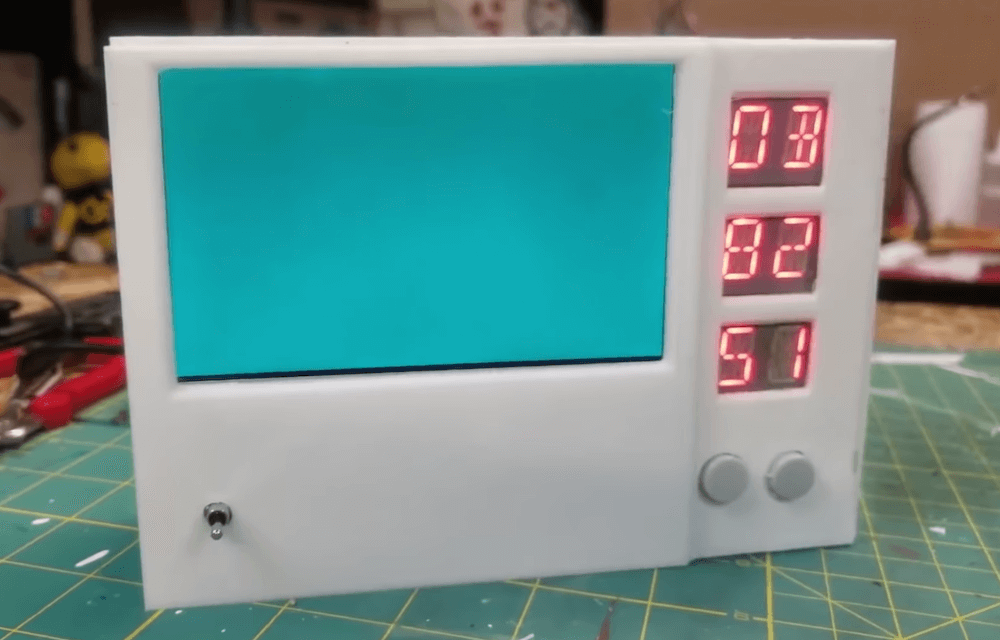
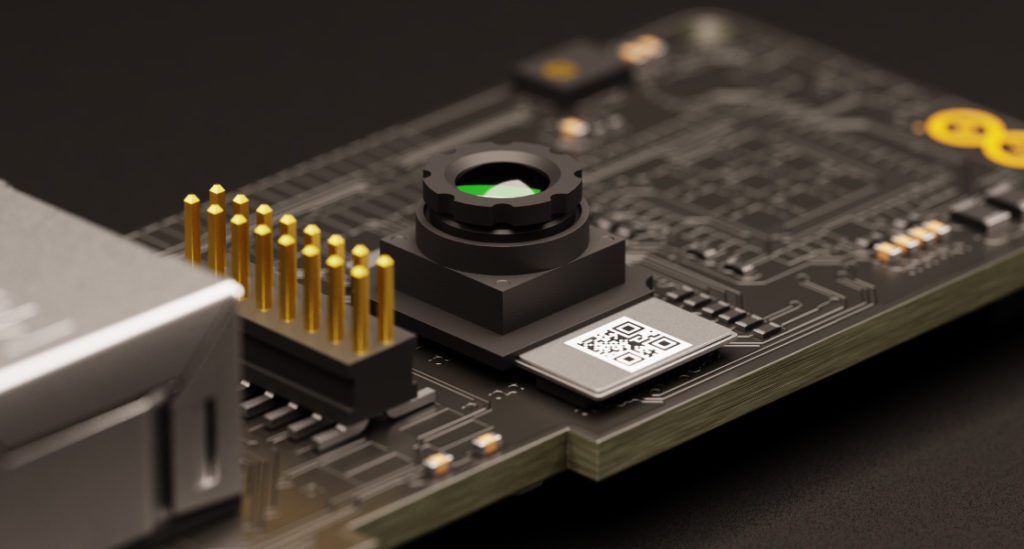


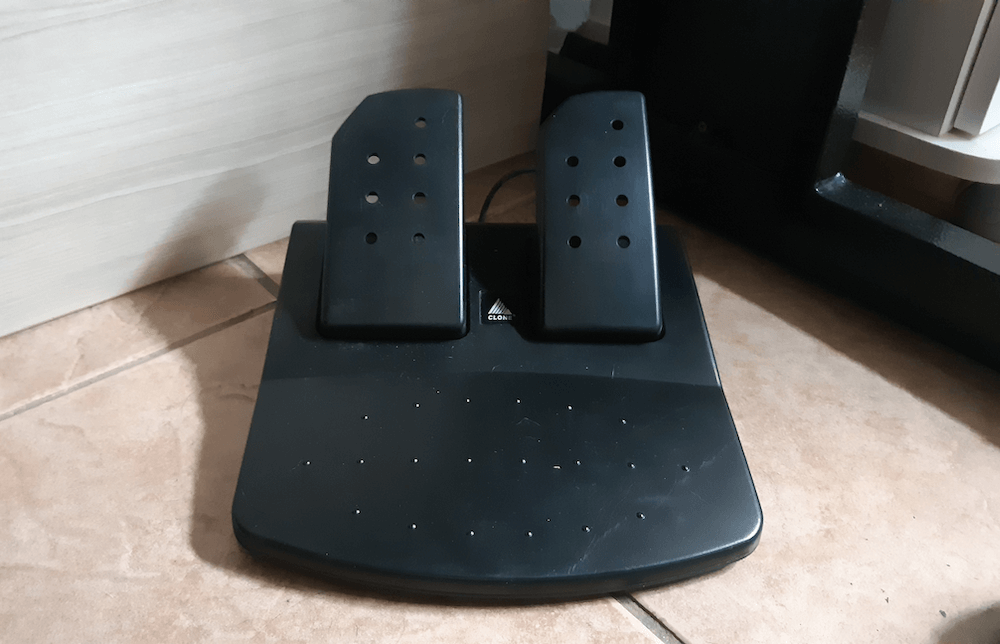
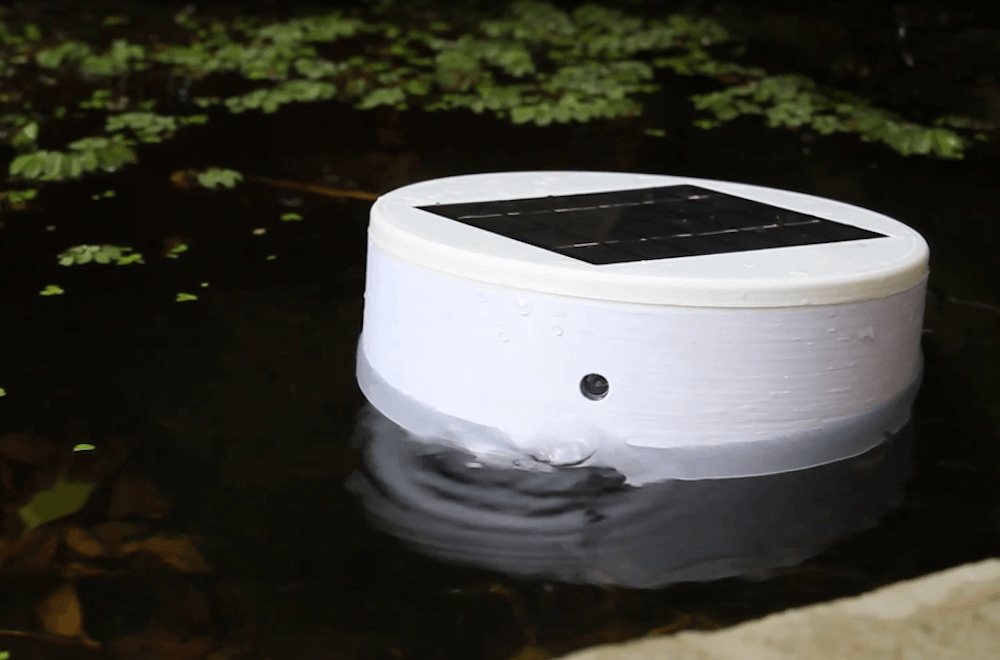
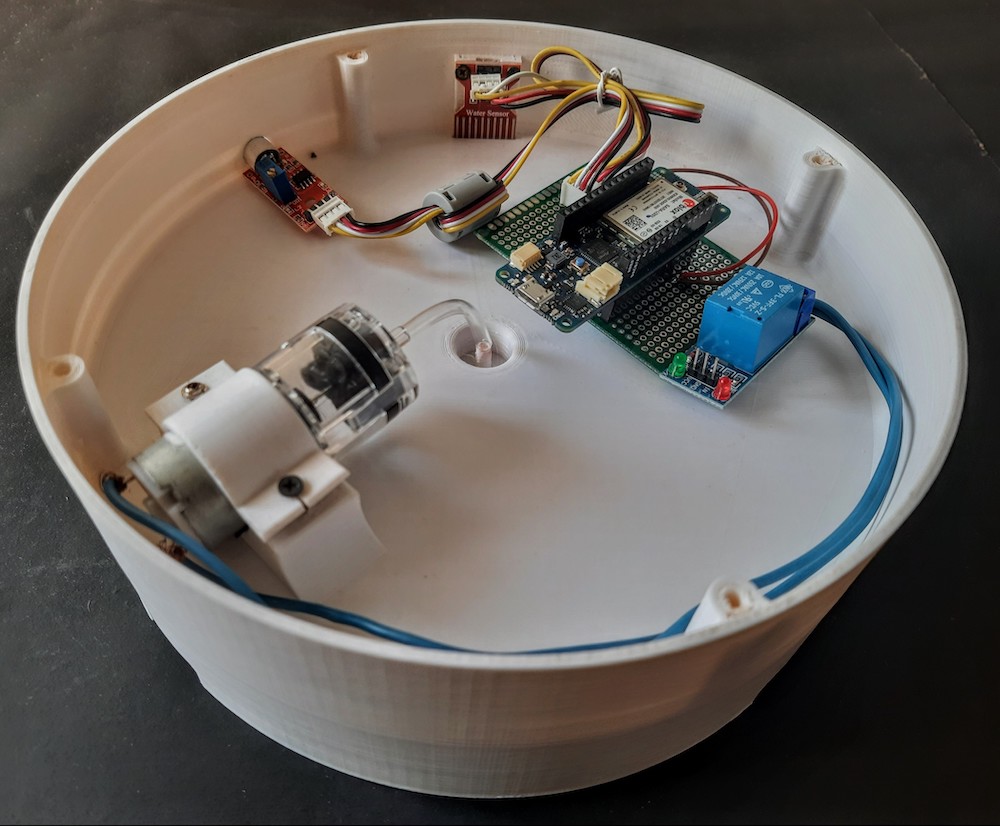
![Light[s]well is a voice-controlled custom lighting installation](https://www.blogdot.tv/wp-content/uploads/2020/10/lightswell-is-a-voice-controlled-custom-lighting-installation.jpg)
